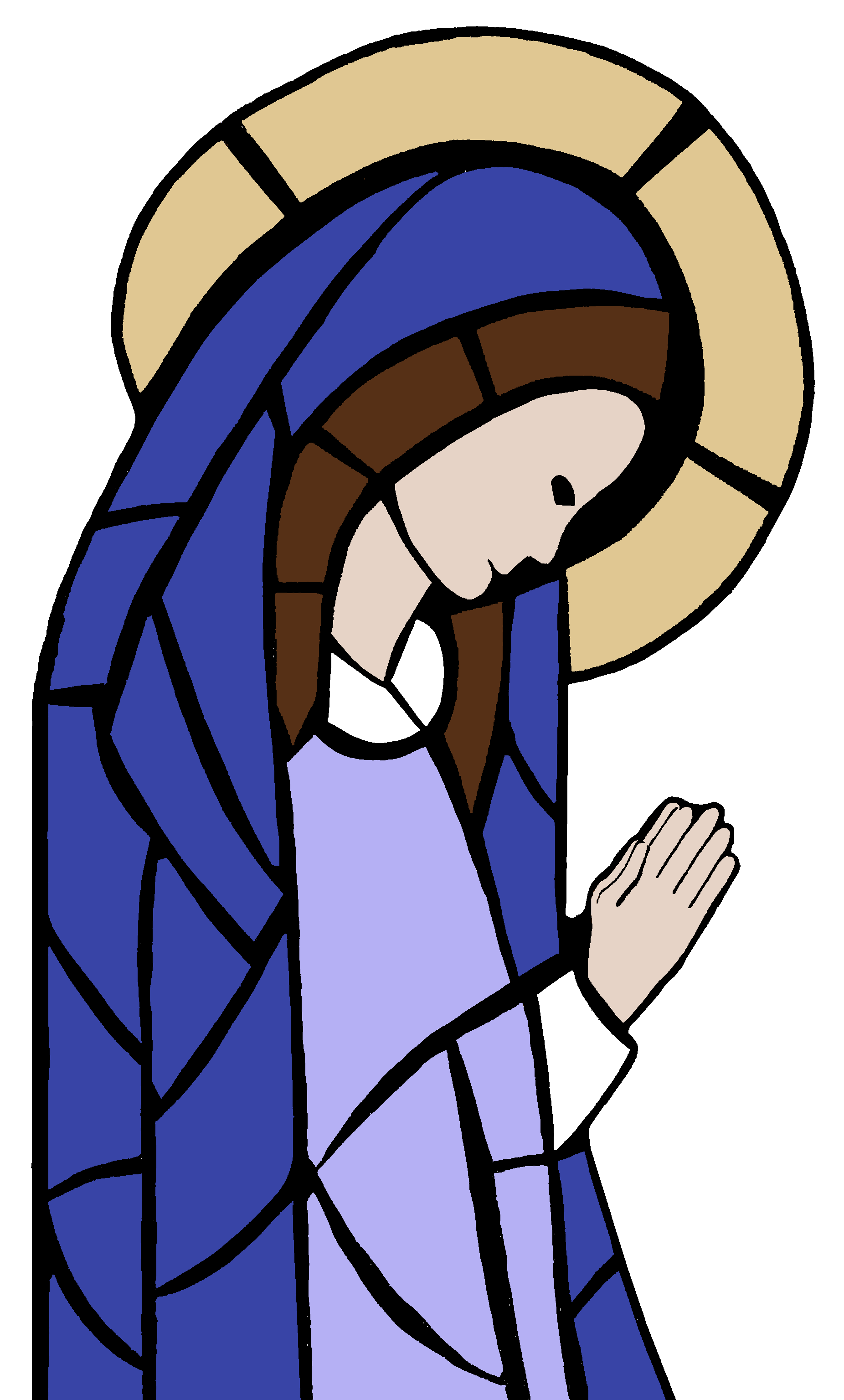February 16, 2025
As we continue celebrating this Jubilee Year of Hope, today we commemorate the Jubilee of Artists. I’m not much of an artist myself. My drawing skills never advanced much beyond stick figures and I still color outside the lines of crayon coloring books. Even my college class Principles of Seeing and Drawing and my wonderful experiences acting in theater productions in college didn’t help much except confirm that I should not seek to make my living dependent on my artistic talents. But I am very much an appreciator of the arts, and I thoroughly enjoyed my 11 years working at the Grand Rapids Art Museum.
Art is perhaps the greatest appli-cation of stewardship. Through the artistic process, the artist receives and uses the various gifts of creation, weighing their possibilities and limitations, and through human vision, insight, imagination, creativity, and labor make some artifact that opens up new avenues of dialogue between the artist, the person experiencing the artifact, and the entire created world. Art can evoke or provoke new ways of understanding and interacting with the world and other people. Often, artistic expression is reduced to merely the self-expression of the artist, leading to art that closes down true dialogue rather than fostering it. I prefer to see great art as the artist, through some medium or expression, helping us to experience something true, good, or beautiful that we otherwise would have missed without the artifact. In other words, great art is not just about the artist “expressing themselves” but becoming a guide “looking with” us at the complexities of reality, leading us to greater insight and compassion.
Art has a long history in Christian life and worship. From the early Christians marking their places of worship with the Ichthys (“Jesus fish”) during times of persecution, to the iconography of Eastern Christianity, to the marvels of the Sistine Chapel in Rome, to Salvador Dali’s paintings of the Last Supper and Crucifixion, Christians have used art to inspire each other, express our faith, and aid us in prayer. Our churches are filled with art (icons, stained glass, statuary, floral arrangements, banners, etc.) Since we as Catholics view all creation in a sacramental way, works of art that are truly “fruit of the earth and work of human hands” can become a bridge connecting heaven and earth. We are especially blessed here at Assumption parish. Our sanctuary crucifix and our statue of Mary are true works of art. They are in some ways imposing and surprising, thus enhancing our worship, guiding us deeper into the mysteries that they represent. Our liturgical environment team spends a great deal of thought (and sometime spirited dialogue!) to connecting the worship environment to the meaning of the various liturgical seasons. They do not simply “decorate” the church.
All art that helps us better see and understand the true, good, and beautiful gives glory to God. Some Christians make a separation between “godly” art and “profane” art. While there is certainly a distinction to be made here, that does not mean that God’s glory cannot be expressed in art that is not explicitly “religious.” When we experience a play by Shakespeare or listen to a symphony by Beethoven, the topic of the work of art may not be Jesus, Mary, saints, etc. but if it helps us better understand God’s creation, to see its goodness, truth, or beauty more clearly, it brings glory to the Creator.
Art, its creation and the dialogue it opens up, is one of the great joys of human life. On this Jubilee of Artists, we give thanks for the gifts of creation and creativity. We ask for blessings upon artists, that they will always use their gifts to bring glory to God and to inspire human compassion and never to violate the dignity of human beings created in God’s image. May we continue to appreciate art, letting it nourish our worldview and our prayer, helping us to better see the creative God with whom we are called to live in an ever-deepening communion of love.


